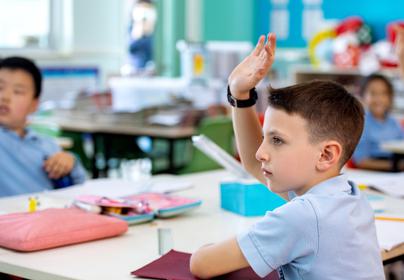At Britannica, our primary students have been actively exploring the elements of art, including line, shape, form, space, colour, value, and texture. Through various projects and activities, they are gaining a deeper understanding of how these elements interact to create meaning and evoke emotions in artwork. This foundation supports their artistic development while enhancing their cognitive growth, as research indicates that engagement with the arts promotes improved problem-solving abilities, creativity, and emotional intelligence.
Art remains an essential part of primary education, providing pupils with opportunities to express themselves beyond verbal communication. Creative activities encourage children to observe closely, respond thoughtfully to visual stimuli, and develop resilience as they experiment with new materials and techniques. Studies show that learners who regularly participate in the arts often display increased focus, greater confidence, and stronger visual-spatial reasoning—skills that contribute positively to their wider academic progress.
In lessons, students have engaged in hands-on activities that allow them to apply these concepts practically. They've experimented with various materials, from acrylic pens to oil pastels, fostering creativity and learning techniques vital for their progression. This term, pupils explored a range of projects, including positive and negative spaces, mosaic collage, collaborative mandala art, oil pastel painting, contemporary pop art, and observational drawing. These experiences encouraged them to make artistic decisions intentionally while enjoying the freedom to express their ideas.
During Wellbeing Week, we examined the value of art as a means of mindfulness by focusing on mandala art. This activity helped students concentrate on designs that reflect harmony and meditation.
Next week marks an important event on the Britannica calendar: Anti-Bullying Week. Students will look at the work of Jim Dine and his incorporation of hearts as a symbol of kindness. We have integrated discussions about renowned artists and their unique approaches to utilizing these elements, inspiring students to think critically about artistic choices. Overall, this exploration has enhanced their artistic skills and cultivated a greater appreciation for the role of art in communication and culture.
Art continues to serve as a powerful tool in helping pupils understand the world around them, develop emotional awareness, and connect meaningfully with others through visual expression. As we celebrate the creativity demonstrated by our students this term, we look forward to supporting them further as they grow into confident, thoughtful, and imaginative young artists.




